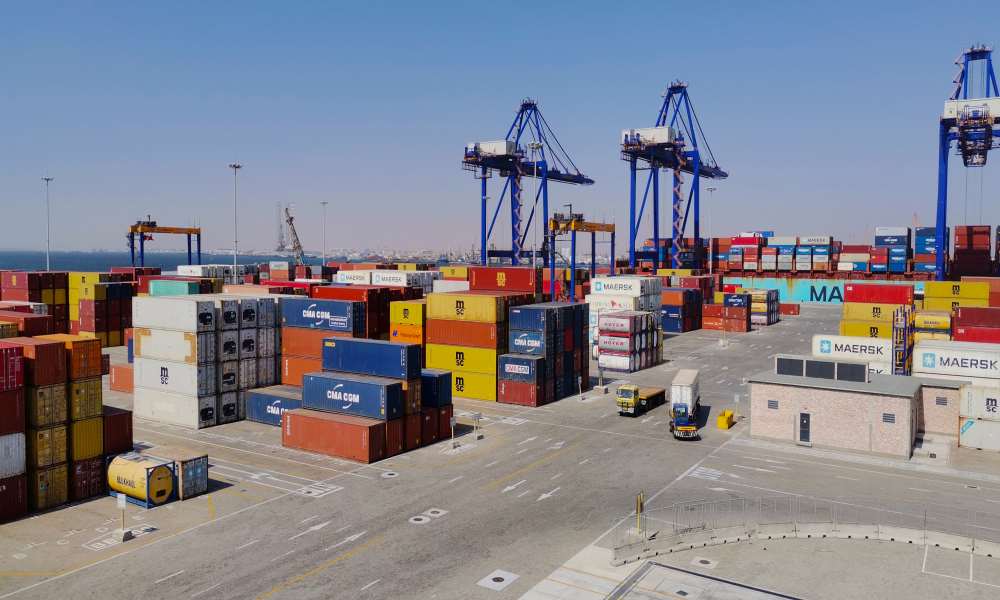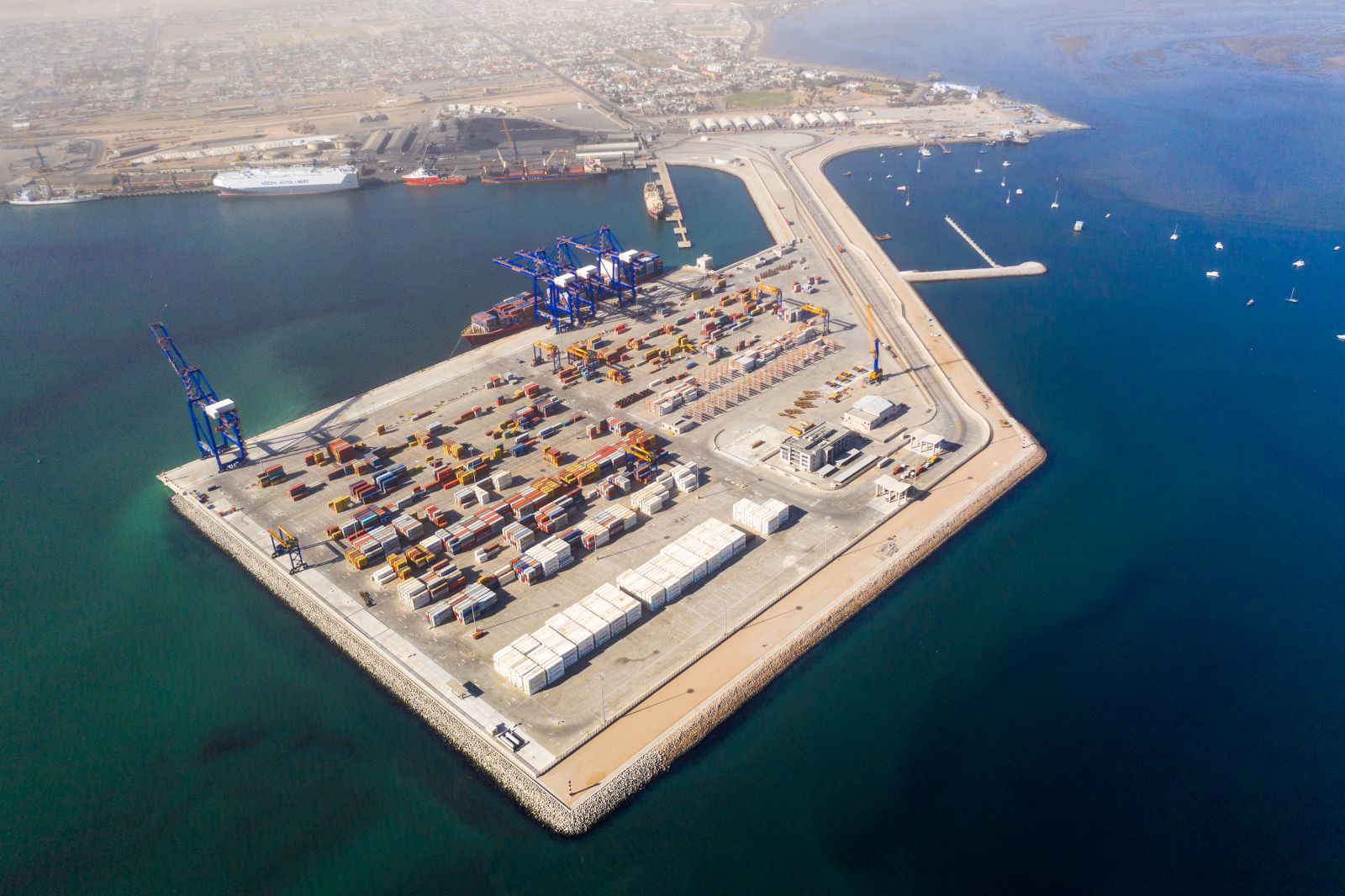SEZ success will depend on institutional support
Namibia’s shift from Economic Prospective Zones (EPZ) to Special Economic Zones (SEZ) is one through which the country hopes to expedite its road to industrialisation.But for this to happen, there is a need for several structural adjustments, which have for long created a blockade as far as luring investors is concerned. Namibian Sun (NS) sat down with local economic researcher and trade expert, Rodney !Hoaeb (RH), to gauge his views on the touted economic model.
NS: Namibia does not have big numbers as far as the population is concerned. Could this be one of the reasons why big multinationals are reluctant to set up shop in Namibia?
RH: Namibia plays a pivotal role as an export hub for the SADC region and is economically stable. We may not have the domestic markets, but we have a production advantage. We must be ready to import the required skills to train locals in manufacturing and related services.
NS: In your view, what are some of the low-hanging fruit as far as SEZ is concerned?
RH: The key focus sectors will be diamond polishing, car parts and repairs, vehicle sales and imports, food processing and packaging, hardware and machinery, just to mention a few. Industries that need to work closely with government regulations without tedious regulatory delays. Additionally, sectors that wish to link to certain value chains and effortlessly move from one intermediary product from one manufacturing chain to the next should be prioritised.
NS: Would you say SEZ is appropriate to drive Namibia’s industrialisation agenda?
RH: Definitely! The policy carries tax incentives, but while this may not be favourable to government when you think of tax revenues, the wider economy will benefit from employment creation, technology and skills created by SEZs. When a vast number of the labour force, including the youth and graduates, are employed, the country also earns more and people spend more, which will catapult the standard of living, ultimately resulting in widespread economic growth.
NS: Namibia does not rank so well when it comes to ease of doing business. How will this impact the SEZ regime, if at all?
RH: The SEZ policy must have very strong institutional support to ensure enforcement, and government must be willing to assist businesses and industrial entities. The bad factor about Namibia is the heavy blockade of regulatory requirements for just about anything. It takes more than 24 months to establish a manufacturing outlet as compliance procedures cause major delays. The common goal of establishing an SEZ must be to have a responsive regulator that is supportive of investments, the import of equipment, immigration issues, or the issuing of work visas. Other factors that must be addressed include the high cost of land and electricity, which is an important input that inflates industrial products.
NS: What are some of the structural impediments that we should improve as a country in order for the SEZ regime to be successful?
RH: The key dependence of the SEZ is industrial land, which is at catastrophic levels. Accessing affordable serviced or unserviced land currently poses a great challenge. Hence, there must be a conversation between the City of Windhoek and government or else the concept will not be feasible. The government should also seek cooperation from other industrial towns such as Okahandja, Rehoboth, Walvis Bay, Katima Mulilo, Oshikango, Keetmanshoop, Arandis, Karibib, Oshakati, Swakopmund, Lüderitz and Otjiwarongo to source industrial zones for the SEZ because sole reliance on the City of Windhoek will be detrimental.
NS: What are some of the potential shortcomings that could hamper SEZ?
RH: The land factor and input costs such as electricity, the current price of per megawatt electricity in Windhoek and the regional RED's are totally unattractive to ensure industrial efficiency. SEZ companies must be empowered to establish alternative energy and renewable energy sources for their establishments to become globally competitive. Another shortcoming is the lack of funding to support local SMEs for such initiatives. SMEs require funds for manufacturing and import-export substitution. The SEZ initiative has so far overlooked the fitting role of local SMEs and the funds required to boost imports for intermediary goods they need to manufacture goods. If the financing gap is filled, we will become self-reliant.






